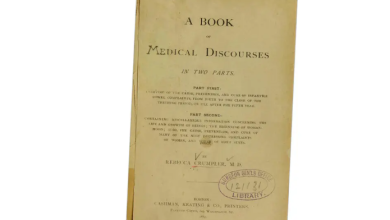It’s Not Too Late! 7 Ways to Reverse Heart Disease


If you have coronary artery disease, take heart. Although heart disease is the leading cause of death in the United States, with the right lifestyle changes, you can reverse heart disease and improve the condition of your heart.
The most common type of heart disease is coronary artery disease, which involves decreased blood flow to the heart. Fatty plaque buildup causes narrowed blood vessels. This decreased flow can cause a heart attack.
According to the CDC, the key risk factors for heart disease are:
- High blood pressure
- High blood cholesterol
- Smoking
- Diabetes
- Being overweight
- Lack of activity
- Excessive alcohol use
How to reverse heart disease
What these risk factors have in common is that they can be improved through lifestyle choices like diet and exercise. If you’re ready to improve your heart health, here are seven ways to reverse heart disease.
1. Move more.

Like any other muscle, the heart needs exercise to stay fit. Regular workouts make the heart pump more efficiently and allow more oxygen to get to muscles and organs. A regular fitness routine positively affects almost every risk factor mentioned above. It reduces blood pressure, lowers cholesterol, lessens the risk of diabetes and helps with weight loss.
Experts recommend three types of exercise to boost heart health. Do 30 minutes of aerobic exercise like walking, running, or cycling, at least five days a week. In addition, add two days of resistance training using weights, resistance bands or bodyweight exercises like push-ups, situps and squats. Also, do some stretching and balance exercises each day.
Even if you don’t begin a formal workout routine, plan to get exercise in other ways such as through yard work or dancing. If you have an activity tracker, work up to 10,000 steps a day.
Terrible Ten: Top 10 Foods That Cause Heart Disease
2. Watch your weight.

Having a high body mass index (BMI) is a risk factor for diabetes and cardiovascular disease. Check your BMI here. A BMI above 25 is considered overweight while a BMI of 30 or more is classified as obese. If you carry your weight in your midsection, your risk of developing cardiovascular disease is higher than someone who carries their weight in the arms and legs.




